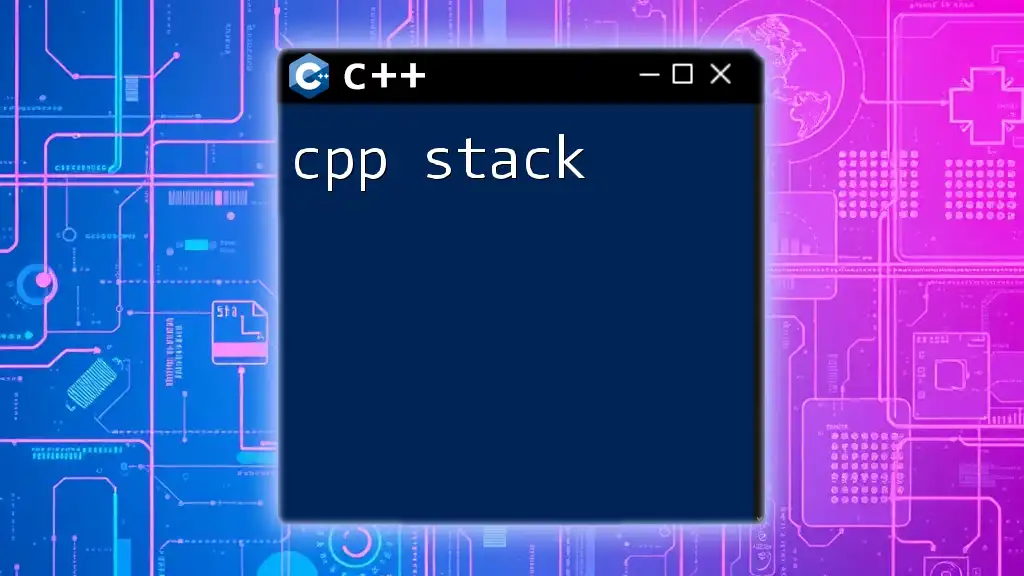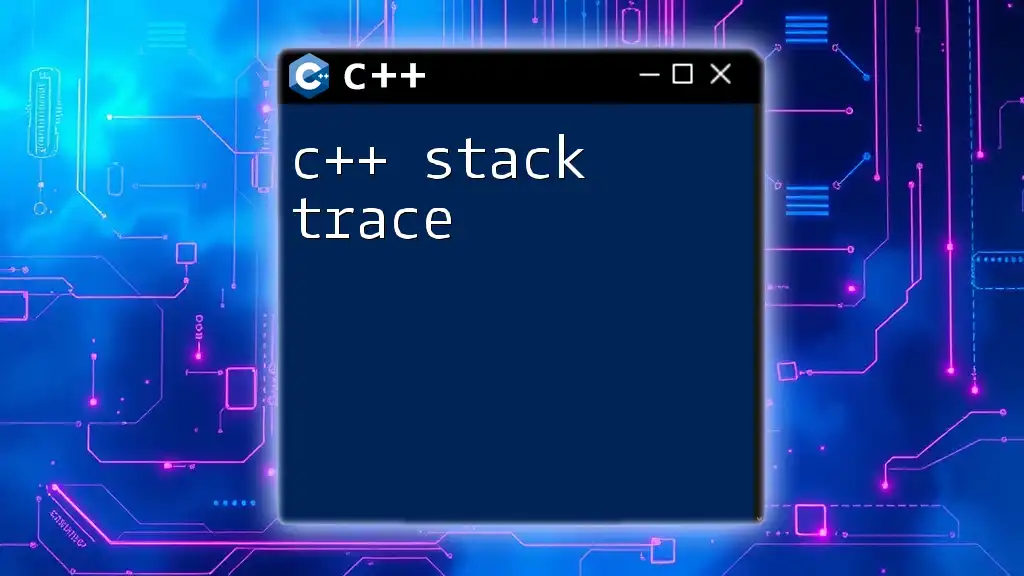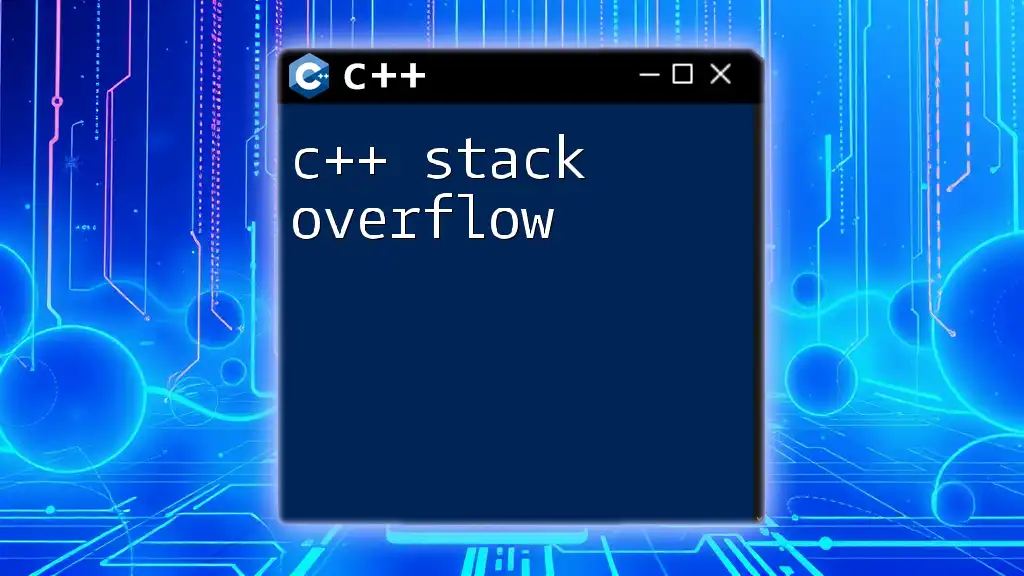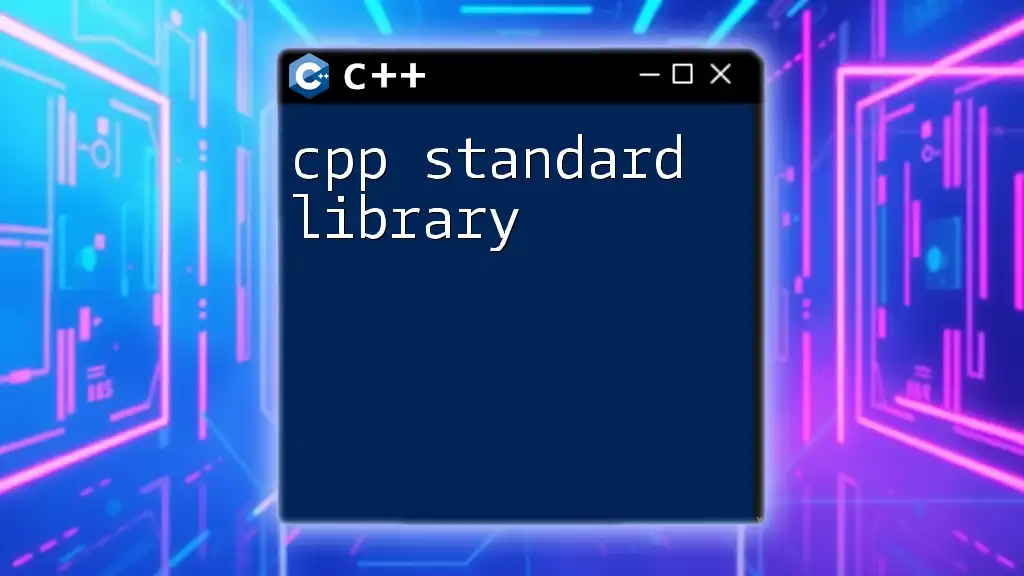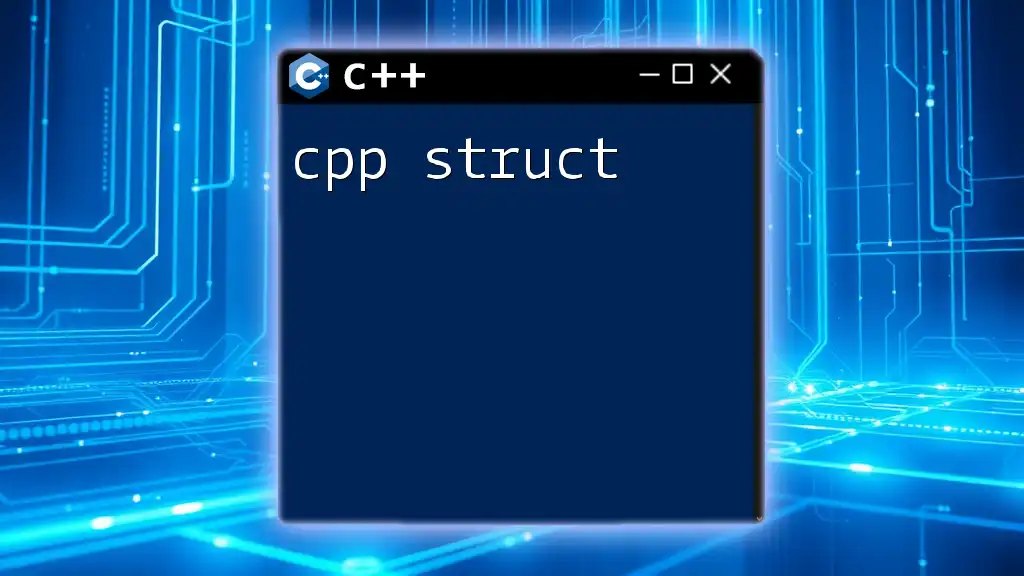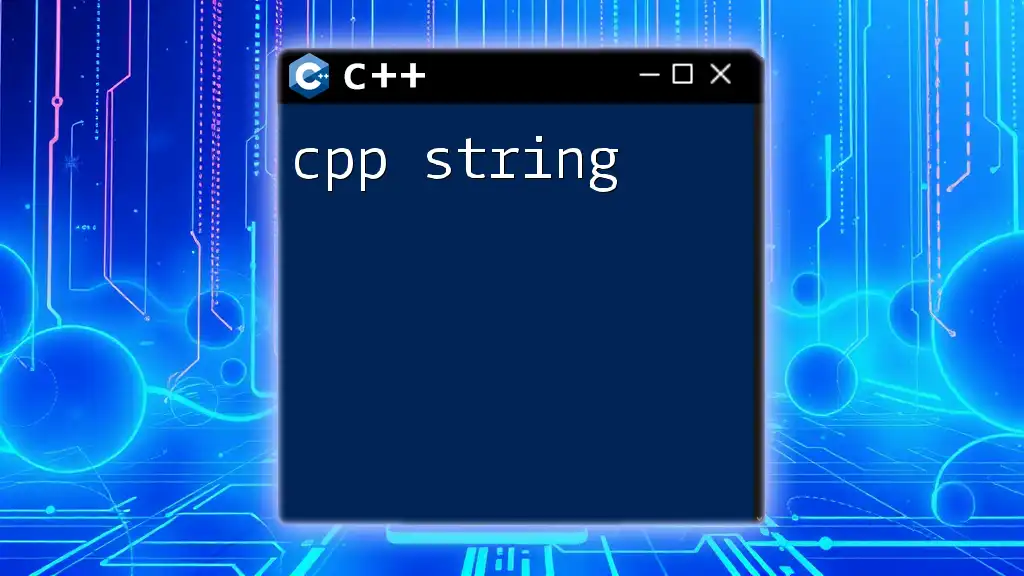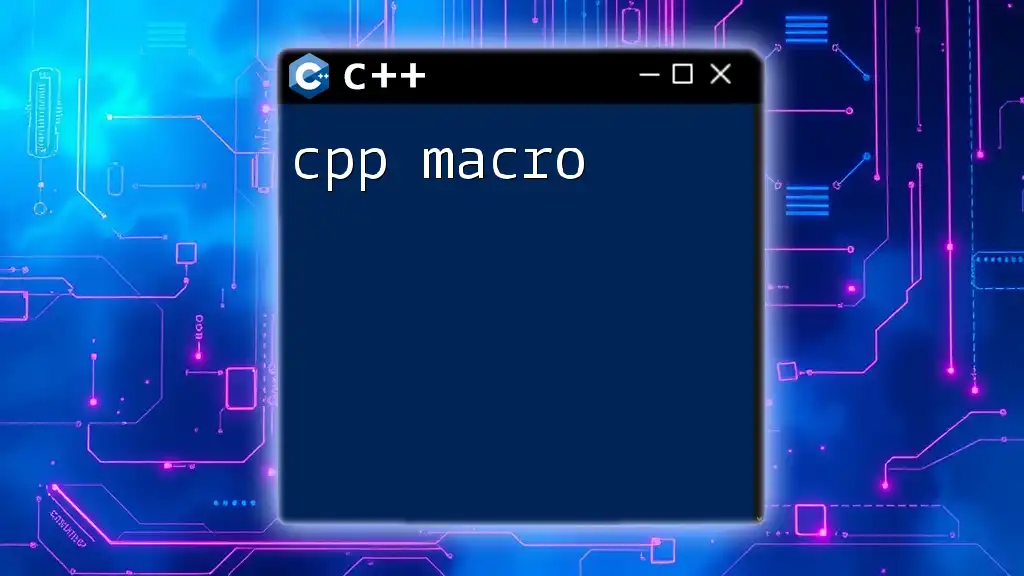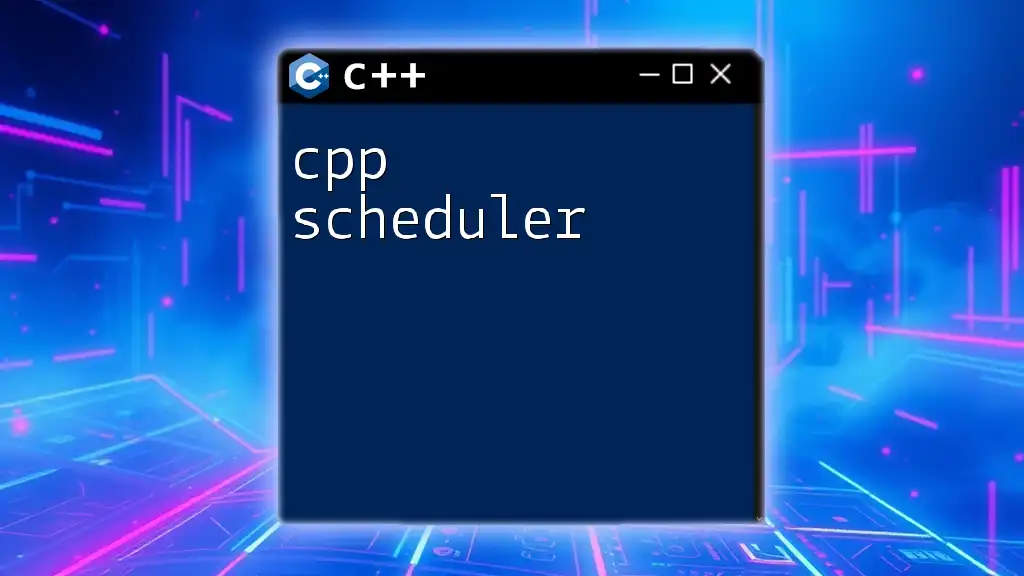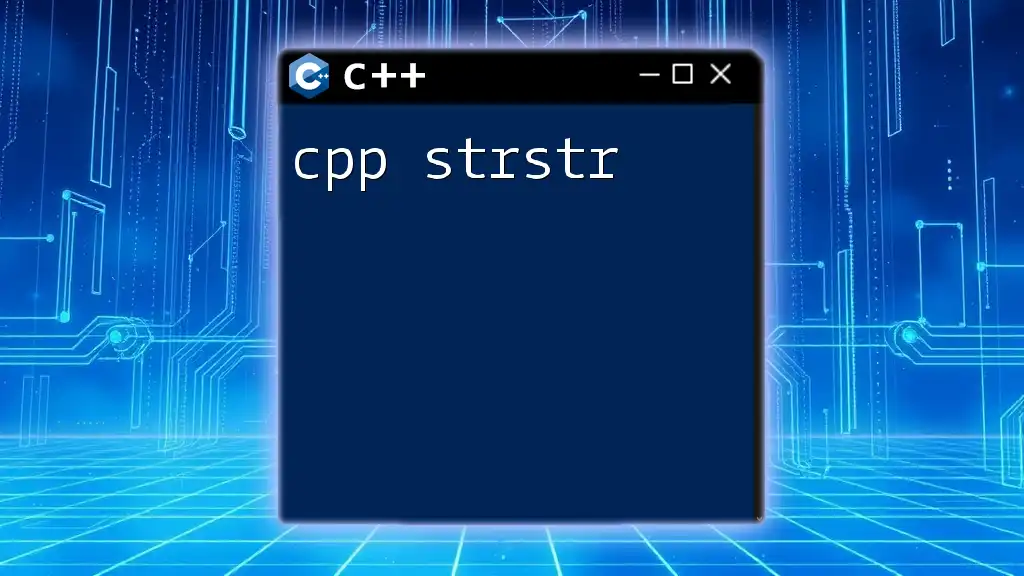The C++ stack is a container adapter that operates in a last-in, first-out (LIFO) manner, allowing for efficient storage and retrieval of elements.
Here’s a simple code snippet demonstrating basic stack operations in C++:
#include <iostream>
#include <stack>
int main() {
std::stack<int> myStack;
myStack.push(10); // Add element to the stack
myStack.push(20);
myStack.push(30);
std::cout << "Top element: " << myStack.top() << std::endl; // Access top element
myStack.pop(); // Remove top element
std::cout << "New top element after pop: " << myStack.top() << std::endl;
return 0;
}
Understanding Stack Class in C++
A stack in the context of C++ is an integral part of the Standard Template Library (STL), designed specifically to handle Last In First Out (LIFO) data. The stack class provides a very efficient way to manage data, managing the memory automatically while allowing for dynamic sizing based on the number of elements stored.
Core Operations of Stack in C++
To utilize a stack in C++, it is essential to understand its primary operations: push, pop, and top. Each serves a unique purpose and plays a vital role in managing data flow.
Push Operation
The push operation adds an element to the top of the stack. This is a straightforward process that increases the stack's size and places the new item at the last position.
#include <iostream>
#include <stack>
int main() {
std::stack<int> myStack;
myStack.push(10);
myStack.push(20);
std::cout << "Top element: " << myStack.top() << std::endl; // Output: 20
return 0;
}
In this code snippet, the integer `20` is pushed onto `myStack`, and since stacks operate on a LIFO basis, `20` becomes the "top element".
Pop Operation
The pop operation removes the topmost element from the stack. It is crucial to ensure that the stack is not empty before performing this operation to prevent runtime errors.
myStack.pop(); // Removes the top element (20)
std::cout << "Top element after pop: " << myStack.top() << std::endl; // Output: 10
After invoking `pop()`, the stack's state changes, removing `20` and setting `10` as the new top element. This demonstrates the dynamic nature of a stack's structure.
Top Operation
The top operation retrieves the current topmost element without removing it from the stack. This is particularly useful when you need to inspect the last item added without altering the stack's contents.
std::cout << "Current top: " << myStack.top() << std::endl; // Outputs the topmost element
Stack Attributes and Properties in C++
Understanding the attributes of the cpp stack enhances your ability to manage it effectively. Here are two essential attributes:
Size of the Stack
The size function returns the number of elements currently stored in the stack.
std::cout << "Stack size: " << myStack.size() << std::endl; // Outputs the number of elements in the stack
This capability enables developers to ascertain how many elements they are working with—a critical aspect when dealing with collections of data.
Empty Check
The empty function checks if the stack is devoid of elements, returning a boolean value.
if (myStack.empty()) {
std::cout << "Stack is empty." << std::endl;
} else {
std::cout << "Stack is not empty." << std::endl;
}
Using this check before performing `pop` operations is a best practice, making your code safer and more reliable.
Use Cases of Stacks in C++
Stacks find applicability in numerous programming scenarios. Here are a few key use cases:
Function Call Management
In C++, each function call is pushed onto the call stack, allowing the program to keep track of where to resume execution after a function ends. When a function completes, it is removed from the stack. This concept is critical for recursion, where functions call themselves.
void recursiveFunction(int n) {
if (n <= 0) return;
std::cout << n << " ";
recursiveFunction(n - 1); // Each call is stacked until n reaches zero
}
int main() {
recursiveFunction(5); // Outputs: 5 4 3 2 1
return 0;
}
Expression Evaluation
Stacks also play a significant role in evaluating expressions, especially in converting and evaluating postfix expressions. A simple algorithm can be implemented to achieve this by leveraging the stack's properties.
Backtracking Algorithms
Another popular use case is in backtracking algorithms, where stacks help manage recursive searches, such as solving puzzles or navigating mazes. The algorithm pushes choices onto the stack and pops them when backtracking is necessary.
Performance Considerations of Stack in C++
When implementing and using the cpp stack, performance matters.
Time Complexity of Stack Operations
Each operation—push, pop, top, size, and empty—is generally O(1), which implies that they execute in constant time regardless of the stack’s size. This characteristic enhances efficiency in program execution.
Space Complexity
When using dynamic memory allocation, a stack’s space complexity depends on the number of elements stored. In practice, while handling large datasets, it’s essential to manage stack usage astutely to avoid excessive memory consumption.
Best Practices Using Stack in C++
-
When to Use Stack vs. Queue: Both stacks and queues are fundamental data structures, but they serve different purposes. Use stacks when LIFO order is desired and queues when FIFO is essential.
-
Avoiding Memory Leaks: Employ smart pointers or ensure proper memory management to prevent potential leaks.
-
Custom Stack Implementations: In cases where predefined functionalities do not suffice, implementing a custom stack class tailored to specific needs can be beneficial.
Conclusion
The cpp stack plays an invaluable role in programming, providing a versatile means of managing data while ensuring streamlined access to elements. Mastering the stack class and its operations can significantly elevate your programming skills and enhance your understanding of data structures. As you explore further, practice implementing stacks in various scenarios to solidify your grasp and improve your coding proficiency.
Additional Resources
For further reading, consult the C++ STL documentation, and consider tackling practice problems on platforms like LeetCode or HackerRank to strengthen your understanding of the concepts discussed.

